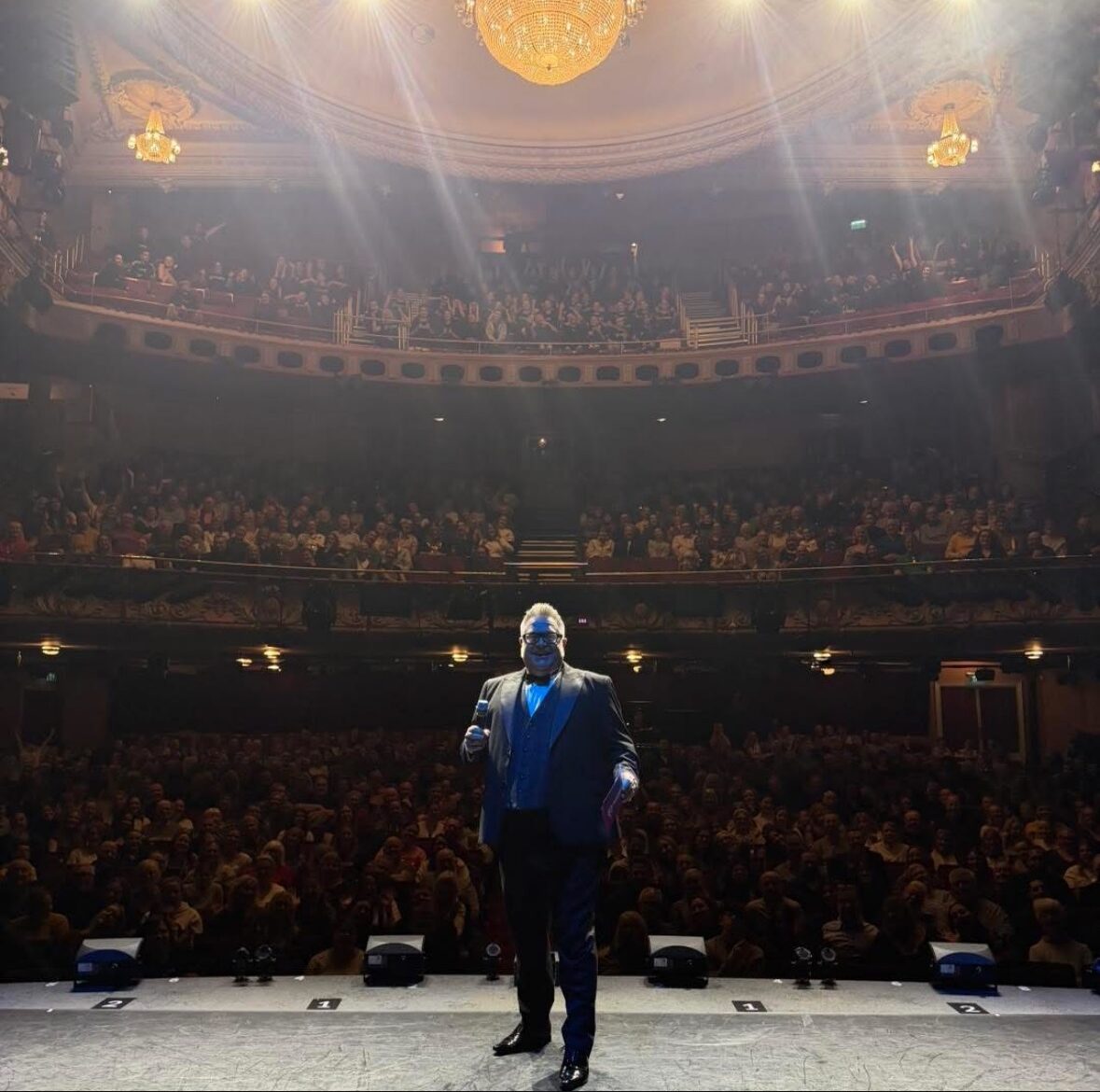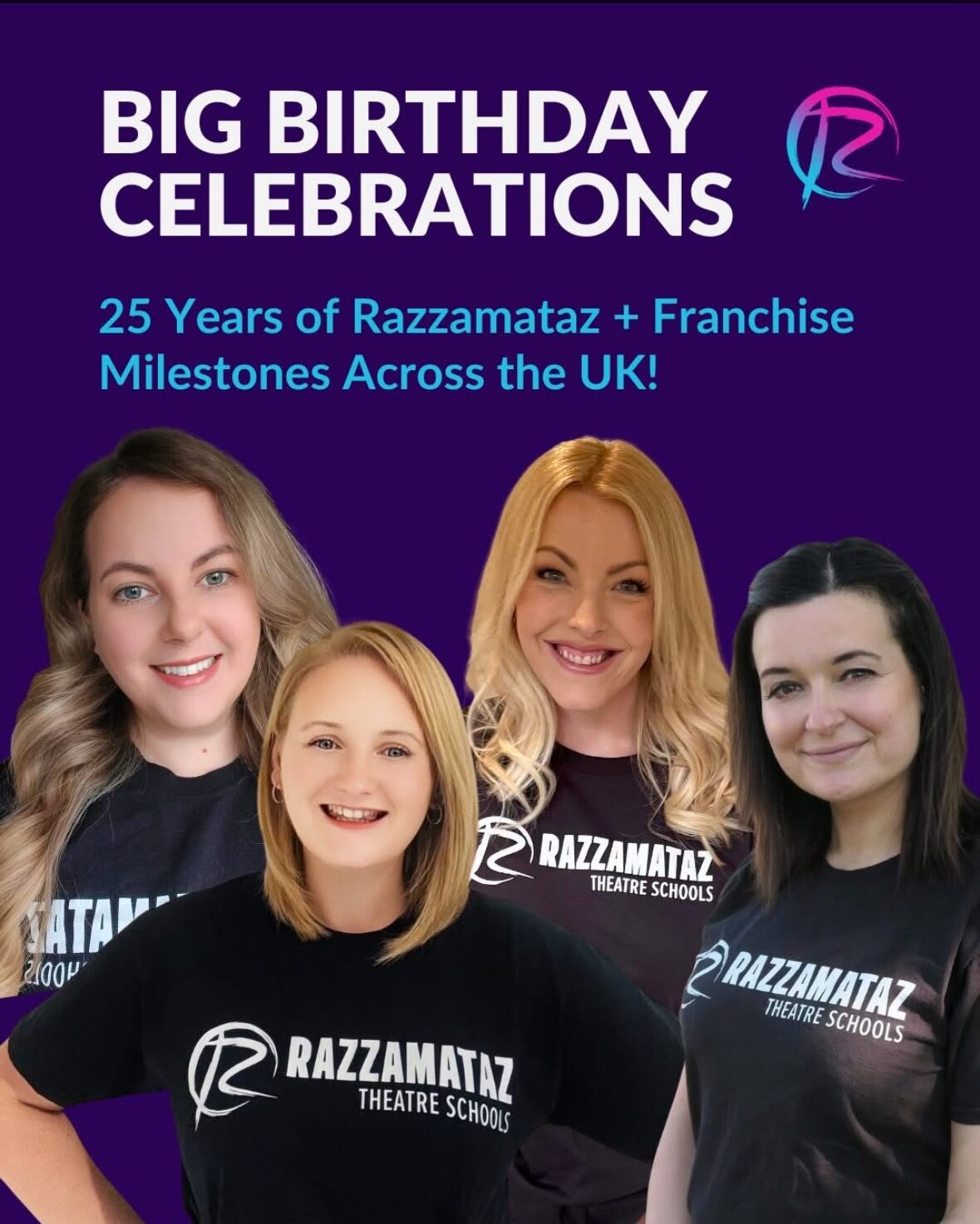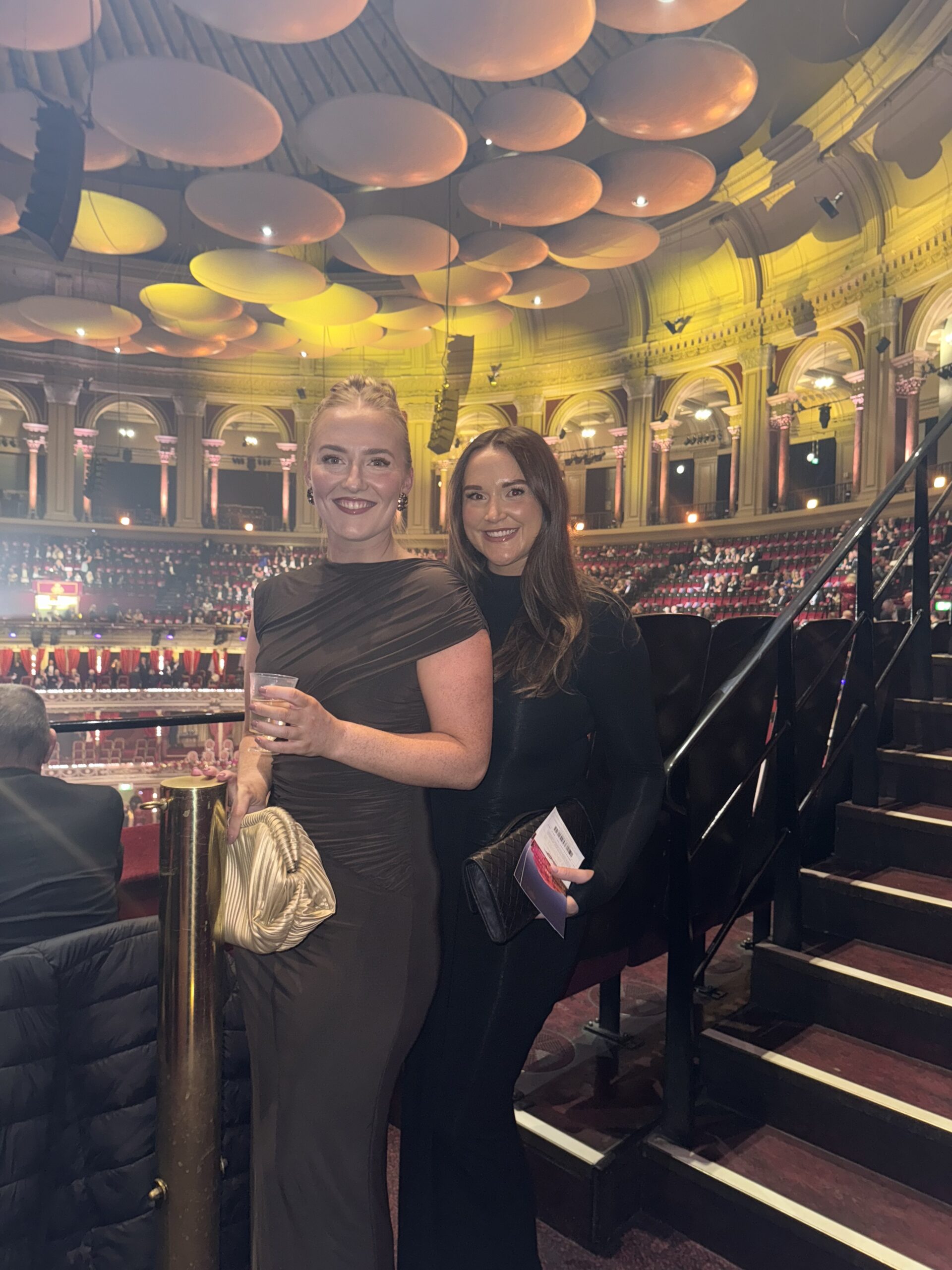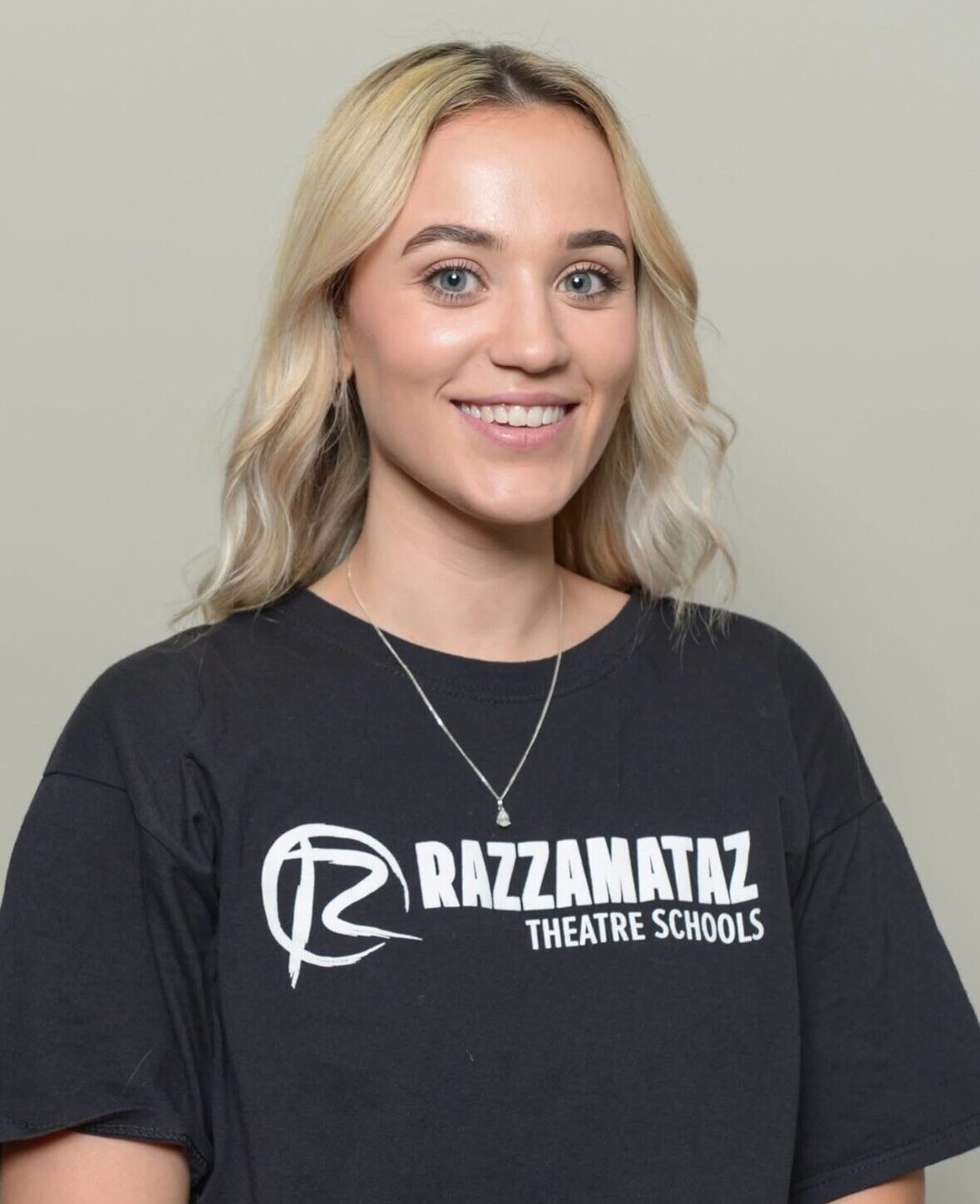Performance skills in dance
By Amy Latchman
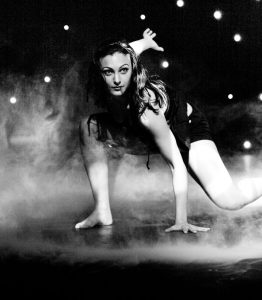
Dance is so much more than learning the steps and presenting them well. To produce the best performance possible, you will need to feel the music and make the steps tell a story. You may be dancing, but you will need all your acting skills to produce your best work possible.
So many times, you see a performer execute movement with great technique and ability, yet you can’t help but feel there is something missing. In my opinion, it is almost always the lack of presence in their facial expression and projection. It really is all about THE FACE! The reason facial expression is essential is because an audience doesn’t just want to see shapes, gestures and movement, they want to feel what the performer is feeling, they want to be immersed into the world that the performer, music and setting is creating. There is always an intention behind a performance, whether it’s simply to portray an emotion, but if the performer isn’t fully engaged in the moment, the intention is lost and the audience is not feeling, merely watching.
Using facial expression in a dance is not an easy thing to teach. I say this because you don’t want a performer to force a facial expression, but rather it should come from what they are feeling when they perform the piece. How does the music feel, joyful, menacing, sad? That needs to be established first before anything. They also need to know the material very well, a common reason for lack of facial expression is because the performer is so busy trying to get the steps right or remember their lines and lyrics, that they don’t feel anything but panic the entire time. They should be enjoying and getting lost in the material, not thinking too hard about everything else. A good way to make a performer aware of facial expression and feeling, is to go through movements in a dance piece and talk about the feeling you get when you do them, then look at what facial expressions portray that feeling. Likewise, in a song, say the lyrics aloud as if acting out a drama piece and determine what the lyrics are about, then incorporate that into the song. Try and give examples of how these things are similar to everyday life experiences at home or at school.
When you combine technique, skill, projection and facial expression, a performer can have a fantastic presence onstage. The audience notices this immediately and is drawn to watching that performer.
When a dancer performs movements, the music should take over and their body should be a visual representation of the music. Whether the music or the movement comes first, both should work together in harmony. The use of dynamic movement will mirror the light and shade in the music which is an important connection for the audience.
Top tips for performance skills
1. Projection – Don’t look down! I always aim my eye line just above my normal placement, as if I were to just stand still with my neck neutral to my spine, just a little higher than that. Remember your neutral stance, don’t hunch, keep your shoulder blades connected to your spine, open up the chest and lengthen the neck.
2. Smiyes – aka- ‘Smiling with your eyes’. Lots of facial expression and feeling comes from the eyes. If you are portraying an upbeat mood, particularly within street or commercial dance, practise a big smile in the mirror then try keeping your eyes the same but changing the shape of your mouth, you’ll feel a little silly at first! But then you’ll notice that your face has more tension, presence and attitude! Fierce!
3. Vocalisation – Again in the mirror, say or shout words like ‘Woo!’ ‘Yea!’ as if cheering for something, or ‘No!’ ‘Why?!’ Either take a mental picture or an actual picture of your face when you are saying these words and then try and apply the facial expression to your performance. Sometimes I do actually say the words loudly or quietly to myself when performing, especially when it’s an upbeat piece, it’s a good way to have fun and get the audience going!
About the author

Amy is a professional dancer, teacher and Principal of Razzamataz Rickmansworth. She graduated from Middlesex University with a First Class Honours BA Degree in Dance Performance. Her dance career started in her mid-teens when she was made dance captain of Future Shock dance troupe performing at the UK Hip-Hop Championships and The Breakin’ Convention at Sadler’s Wells. She featured in the hit TV show Got To Dance with Uchenna Dance & Adiaspora Collective Dance, a Contemporary/African troupe. Amy has performed at The Royal Albert Hall alongside Brian May, Alfie Bo and Alice Cooper with an all-girl dance group called Miss Kitty’s Showgirls.


